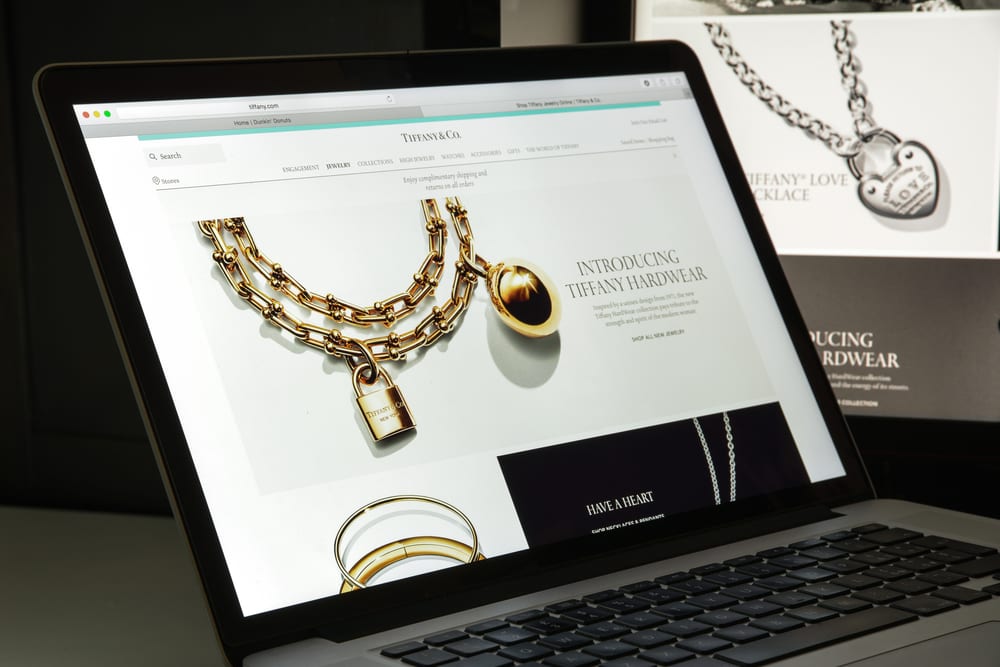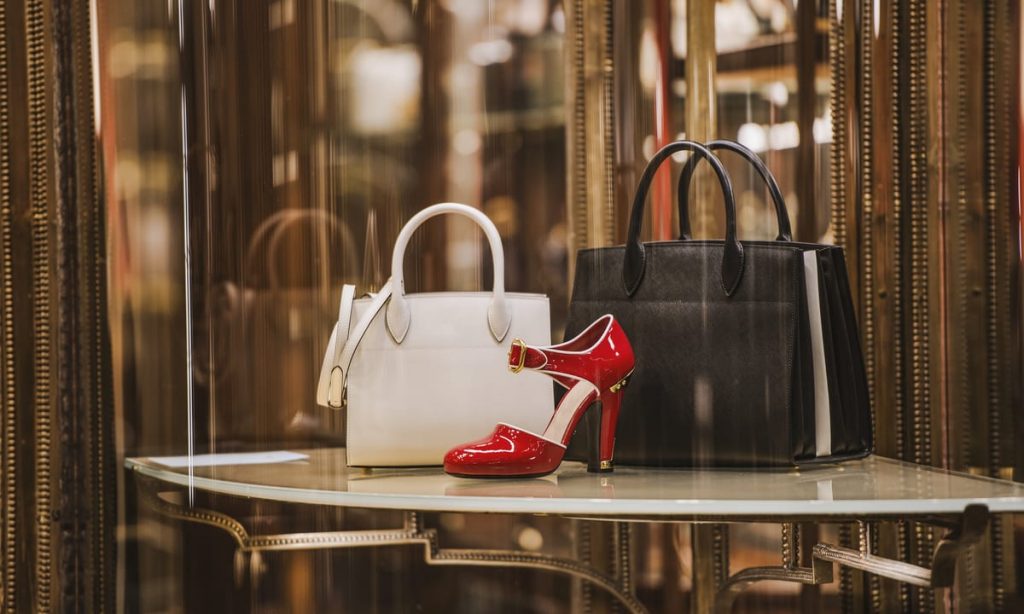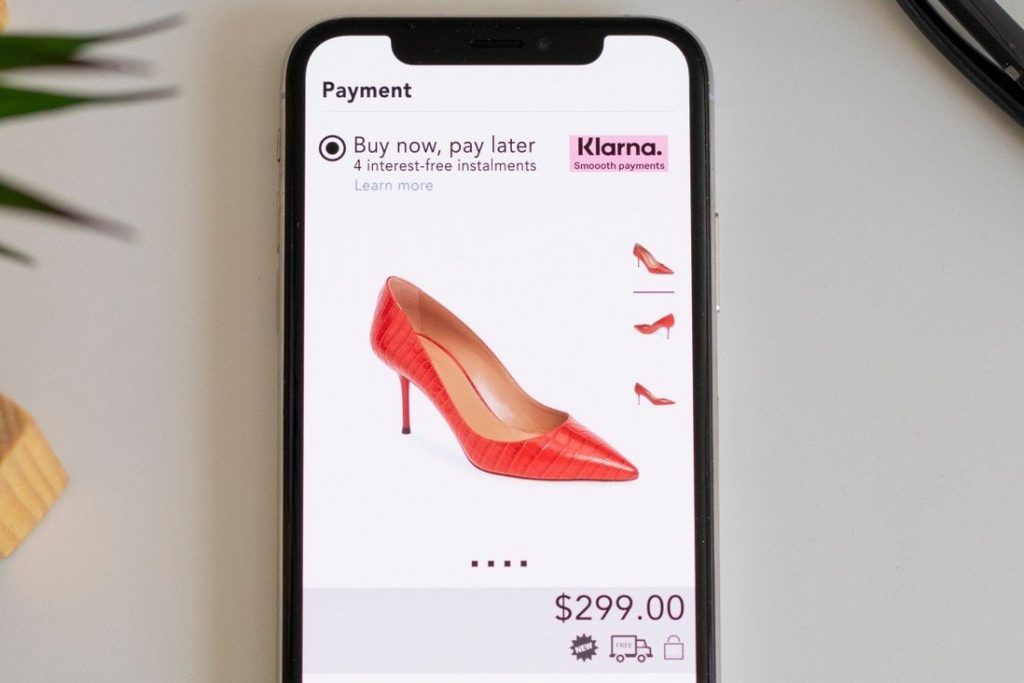
Hedonism retail endured a nasty hit in 2020, as its intimate and consultative way of leading business in-person for expensive buys was rendered nonexistent.
Hedonism items were once a preserve for the rich. But, with the progression of millennials into the workforce, the acquisition of luxury goods is on the ascent. It’s not unexpected to see people walking along the roads with no less than a branded bag, wallet, or shoe.
Demand for online Credit Card Installment purchases is deliberately developing, as per PayU data. In 2020, the total value of buys paid for with this strategy expanded by 45%. The most frequent categories of goods for portions incorporate electronic gadgets followed by luxury goods, including jewelry and watches. However, a growing part of installment payments in the all-out sales is noted additionally by stores offering e-services, particularly those attached to education and health.
Current Consumption Patterns of managing money keep on bewildering retailers and manufacturers as the group ages, with recent findings showing that 51% would forgo healthcare in favor of luxury goods.
Numerous businesses have been affected by the continually advancing interests of millennials, with the diamond industry one of the most affected. A study from The Pearl Source shows that while diamonds are still the most famous, around 46% of millennials would prefer to purchase alternative jewels, as the generation is additionally going through Repayment Pressure they don’t have.
Is a Luxury Goods Installments Worth It?

You might be wondering whether getting a luxury goods loan is beneficial. This relies upon your objectives and outlook.
Firstly, buying luxury things can be viewed as an investment. Luxury things are frequently high-quality items. A Luxury purse for $5000 can serve you for a long time and still look as good as excellent. You would consequently save cash over the long haul as you wouldn’t need to replace the pack.
Numerous luxury things are timeless. They are viewed as classic pieces. You can convey that luxury handbag ten years down the road and still look stylish.
The combination of strength and their capacity to rise above fashion trends that these classic things will hold their value numerous years not too far off. You can use consequently resale your products and recover part or all of what you spent on them. There are even some things that increase in value with time.
Luxury On The Installment Plan
Keeping Key Demos Engaged
Luxury shoppers have gotten logically more youthful in recent decades, and that works fine when the economy is working appropriately, and there are no plagues to fight with.
That is not the situation in 2020; however, more youthful demos hunger for originator names.
“Keeping in contact with more youthful shoppers is the main concern for luxury retailers, a considerable lot of which are attempting to speak to these generations by offering them installment strategies that line up with their buying propensities,” the Buy Now, Pay Later Tracker® states.
Nick Molnar, U.S. Chief and co-supporter of Afterpay, told PYMNTS that “Gen Z and millennial customers are focusing on the economical and moral style and retail like never before; however, these buys can be viewed as too costly in a market overwhelmed with less expensive other options. Some luxury retailers are fighting this by going to installment payment plans, which empower shippers to all the more deftly oblige shoppers’ buys.”

Adaptable Payments Give Lift to Luxury
With luxury malls in limbo and they are future uncertain, as their employees have been furloughed or terminated in the COVID upheaval, it’s somewhat challenging to see the way forward for the experiential luxury retail that people love. It’s thought about luxury eCommerce and all of how shoppers can pay.
“Adaptable installment choices, similar to purchase presently, pay later, have turned into a useful asset for luxury retailers to attract new clients during the monetary stoppage. With BNPL, shoppers can reduce down installments with their cash to access better quality things that they might have recently viewed as too far,” Molnar told PYMNTS.
He trusts BNPL can be “a huge advantage for luxury retailers since they don’t need to limit or depend on advancements and deals for shoppers to make buys. A significant number of our key luxury brands see more of 50% new-to-file shoppers when they launch Afterpay, reflecting our capacity to drive new clients to their sites and their organizations.”
The End
The expanding riches of generations that grew up with the web implies that luxury brands must continually embrace e-commerce to stay pertinent. Yet, this need is presently critical as COVID-19 powers clients to remain inside. It’s unfit to visit stores or travel to luxury shopping areas. Early adopters of online business innovation will receive the rewards during the pandemic, and then some, particularly those ready to imitate the customized services and selectiveness of luxury, buy in the computerized space. As the luxury business examines advanced style weeks and online trade shows, individual brands should guarantee that they can exploit the current internet shopping blast and develop their brands into the future.

No responses yet